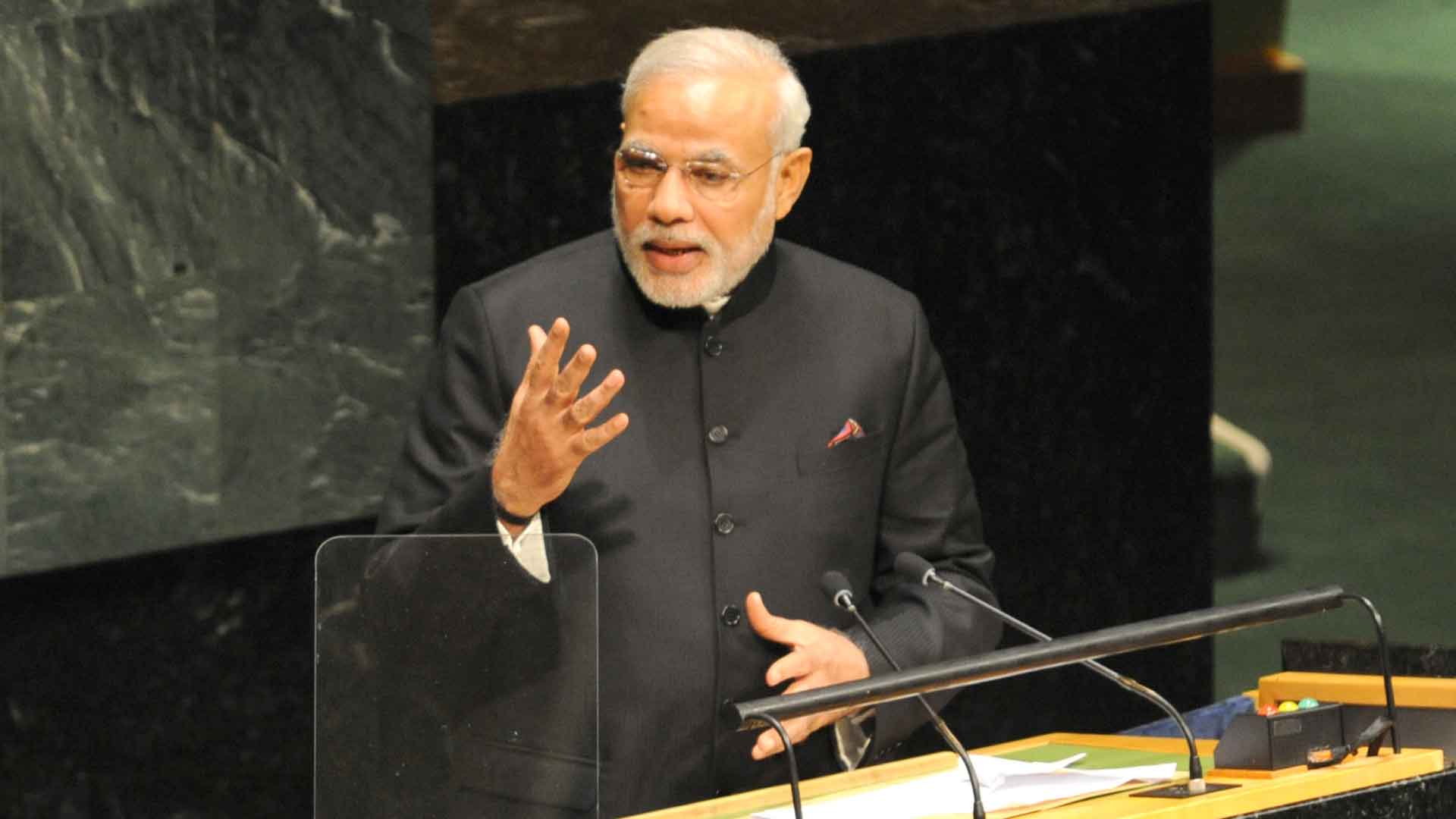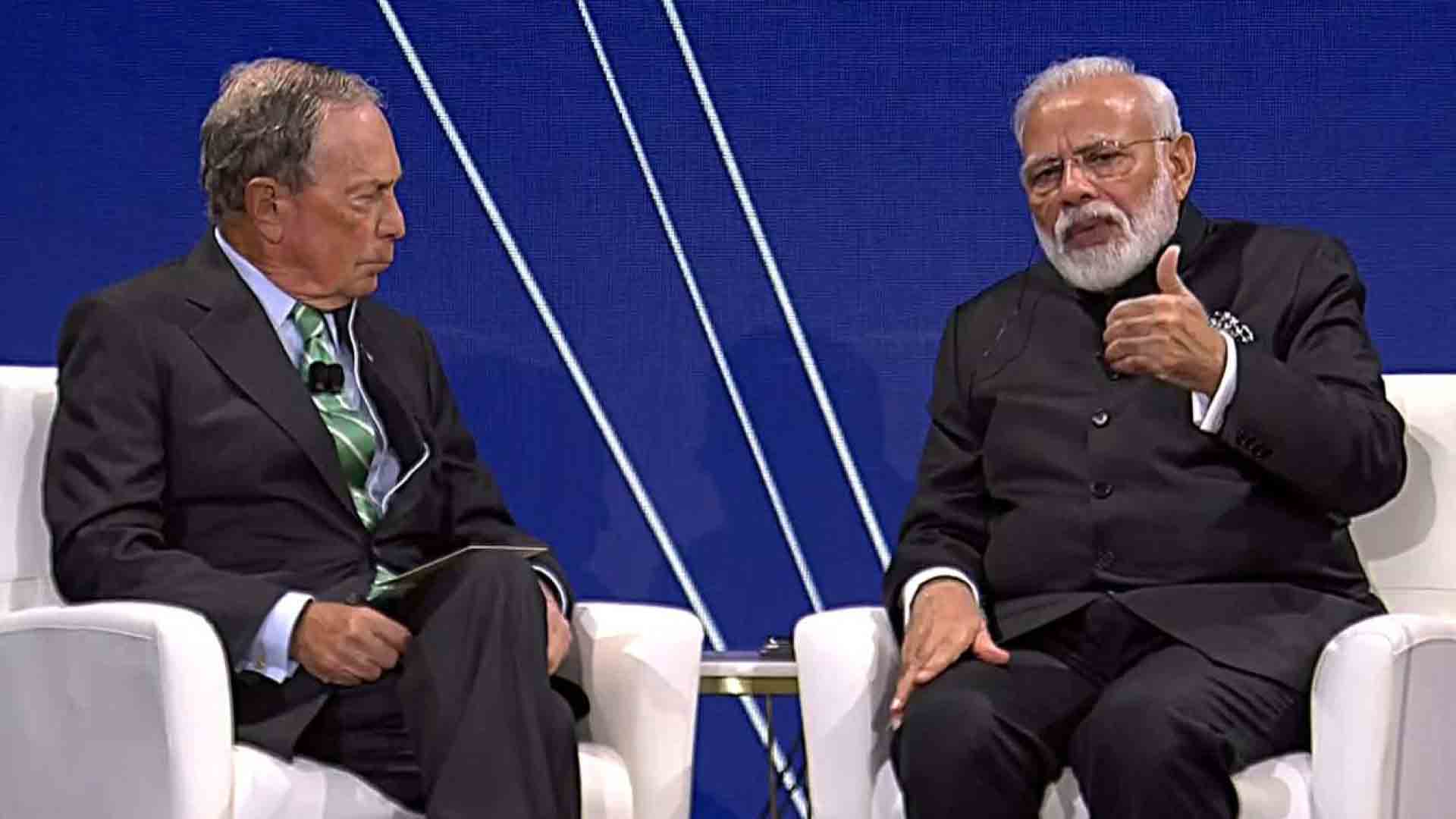On Monday, RBI made
its historic and consequential transfer of Rs 1.76 lakh crore to the government
to give in a helping hand in reducing financial economical stress. This
transfer has remarkably urged the government to sustain the fiscal deficit by
approving the amount as a surplus reserve. This surplus reserve maintenance has
been recommended by the Bimal Jalan expert Committee.
This step has indeed been the quoted ‘lifeline’ for the
government amidst the slowdown in the Indian economy. The amount 1, 76,051 crores was coherently
constituted in deciding how large the size of the capital reserve should be held by
the central government.
What is the
benefit?
In the wake of economic downfall, the central board gave a
positive nod to transfer the big surplus amount for the year 2018-19. This
stride by the apex bank would thus help revive the economic growth between
the weak investments and surging consumer demands. The government has thereby
grabbed all our eyes and attention on how the government would utilise this
amount in fiscal growth.
How did they decide?
The ship has decided to sail on a
big scale this time since Rs 52, 637 crores has been the excess provisions
identified as per the revised Economic Capital Framework (ECF). Prior to this
disclosure, the government had planned on budgeting Rs 90,000 crore as surplus
and dividend transfers from RBI for the ongoing fiscal but turns out that it
will now be benefitting Rs 86,000 crore more than the decided amount.
Why does the step stand out?
This has hence been a turn over point
for the government for the first time since for the first time the RBI has
decided to transfer three times more than the earlier predecessors of the
authorities managed to. With Bimal Jalan expert committee on the steering, the
ship of the government would pave its way through the economic stability with
unexpected growth.
Where does it come from?
The transfer has been enabled by
the RBI which has directed everyone nationwide learning where these funds or
reserves come from. It is therefore very important to know that the three
different funds together fit in the big picture of the reserve. These three
include Currency and Gold Revaluation Account (CGRA), the Contingency Fund (CF)
and the Asset Development Fund (ADF) and from these three, CGRA is the biggest
and builds up most of the RBI’s reserves.
How will the decision affect the RBI?
Considering the RBI’s economic
capital level in the picture, the committee has fortified the government’s
economy by including the Rs28, 000 crore interim dividends transferred earlier
to the centre. This big step would not bring a sudden flow of harm to the bank
but it can be vulnerable during the times of financial downfalls. The decision
has left a very little room for the Reserve Bank to keep the extra cash available
for an urgent ambush.






